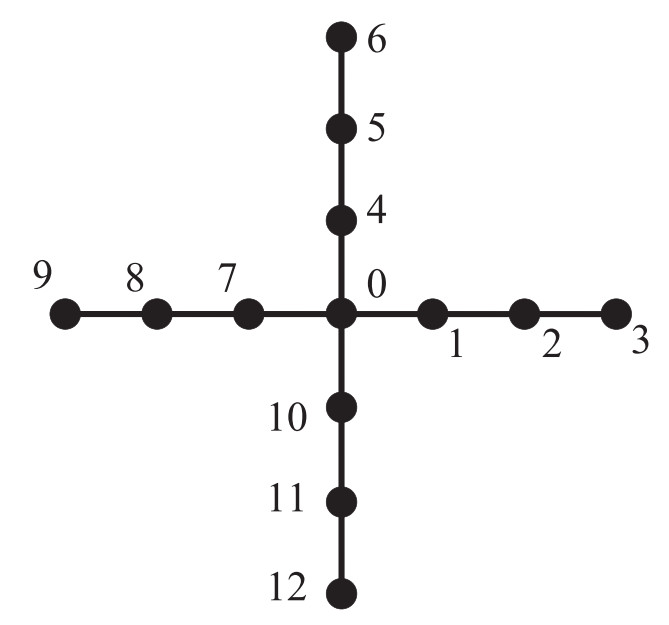
To track an aircraft flying at low altitudes, acoustic-signature based methods have found important applications where the radar systems are ineffective or too costly.
Using microphone arrays, the direction of arrival of the low-altitude aircraft may be estimated and used in tracking the flying object. Moreover, propeller-driven aircrafts such as unmanned aerial vehicles emit acoustic signals that are often dominated by a few harmonics. By tracking the frequency variations of these harmonics, a stationary microphone on the ground can infer some flight parameters, such as the closest point of approach and flight velocity, based on the Doppler effect.
A novel acoustic-signature based method of estimating the flight trajectory of low-altitude flying aircraft is proposed by researchers from the Chinese Academy of Sciences and the University of Wisconsin-Madison. This method only requires a stationary microphone. The research results have been published in The Journal of the Acoustical Society of America.
The method leverages the Doppler shifts of engine sound to estimate the closest point of approach distance, time, and speed. It also leverages the acoustic phase shift over the microphone array to estimate the direction of arrival of the target. Combining these parameters, this algorithm provides a total least square estimate of the target trajectory under the assumption of constant target height, direction, and speed.
The proposed algorithm is validated by processing the data collected in field experiments, in which a stationary ground-based microphone array is used to collect acoustic signals. The acoustic array consists of two perpendicular linear arrays of microphones. As shown in the figure below, there are total 13 microphones in this 2D microphone array.

Fig. 1 Configuration of the array with 3m aperture. The microphones are placed on the x and y axes with 0.5m spacing (Image by TONG Jianfei et al.)
With the recent surging popularity and commercial success of civilian application of unmanned aerial vehicle, acoustic based unmanned aerial vehicle tracking algorithms have received unprecedented attention. And researchers from the Chinese Academy of Sciences and the University of Wisconsin-Madison anticipate future research direction would be distributed system deployment, new acoustic sensor network platform development and collaborative multi-array acoustic unmanned aerial vehicle target tracking.

86-10-68597521 (day)
86-10-68597289 (night)

52 Sanlihe Rd., Xicheng District,
Beijing, China (100864)

